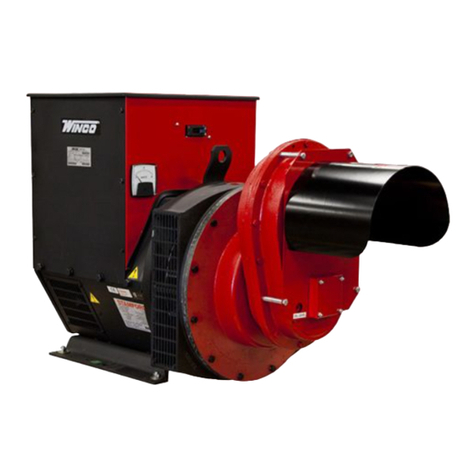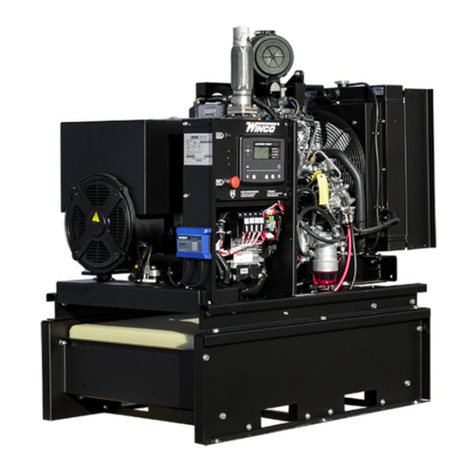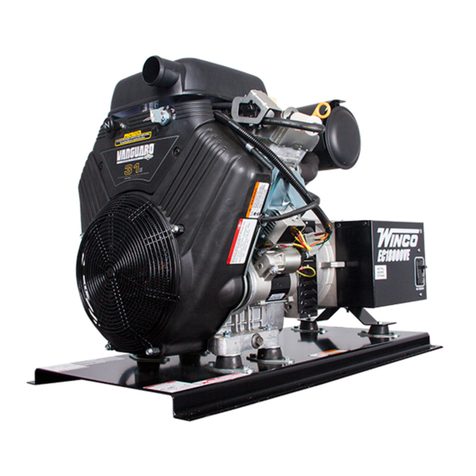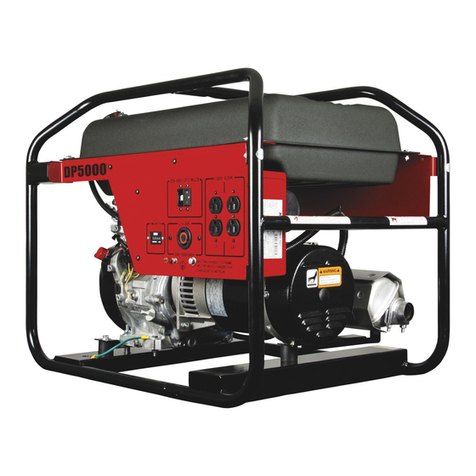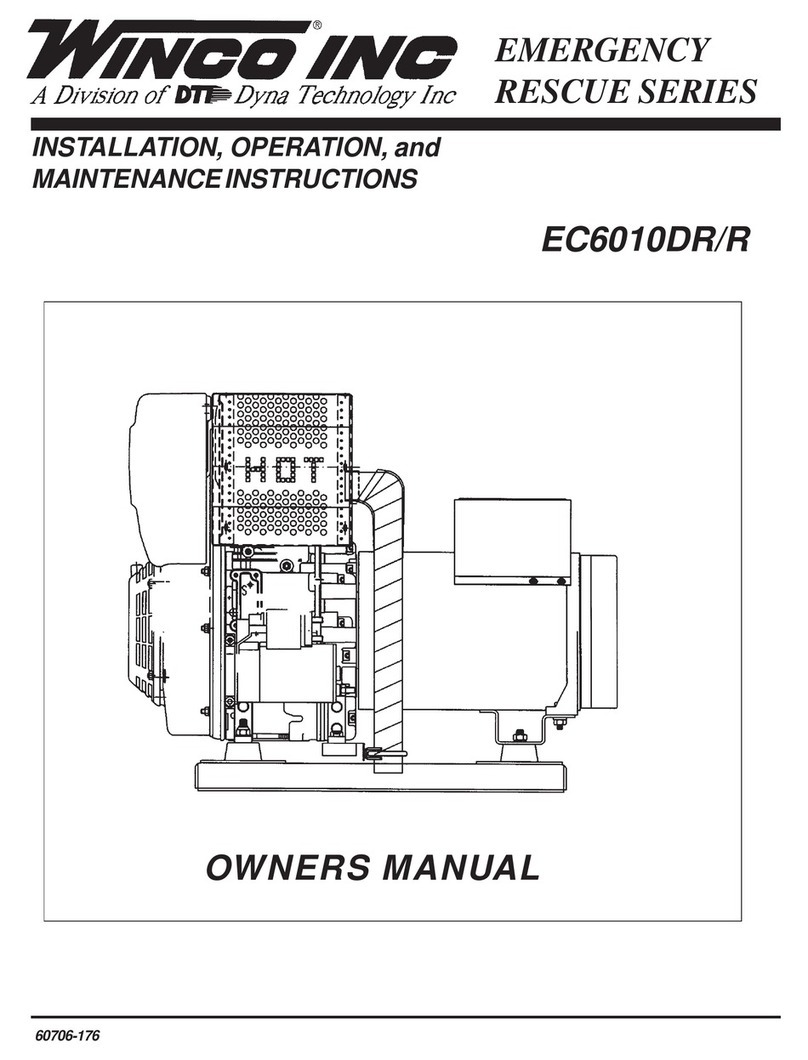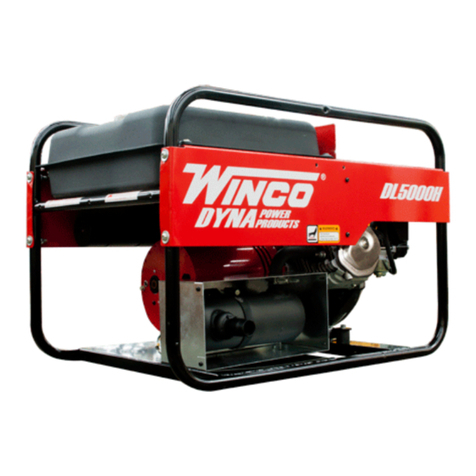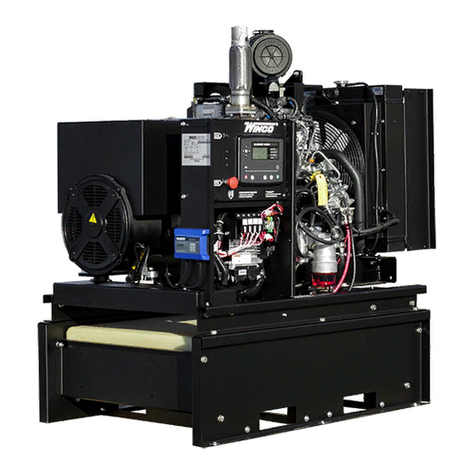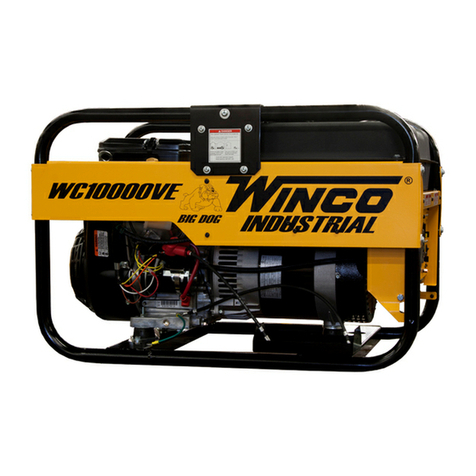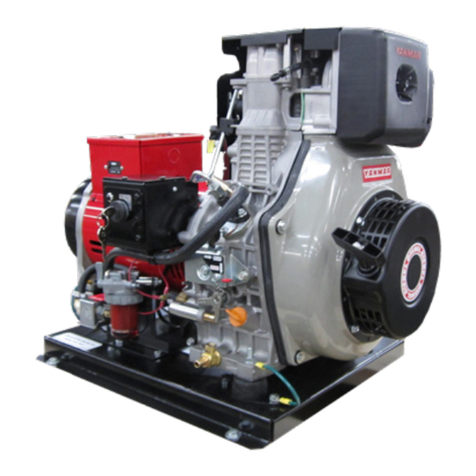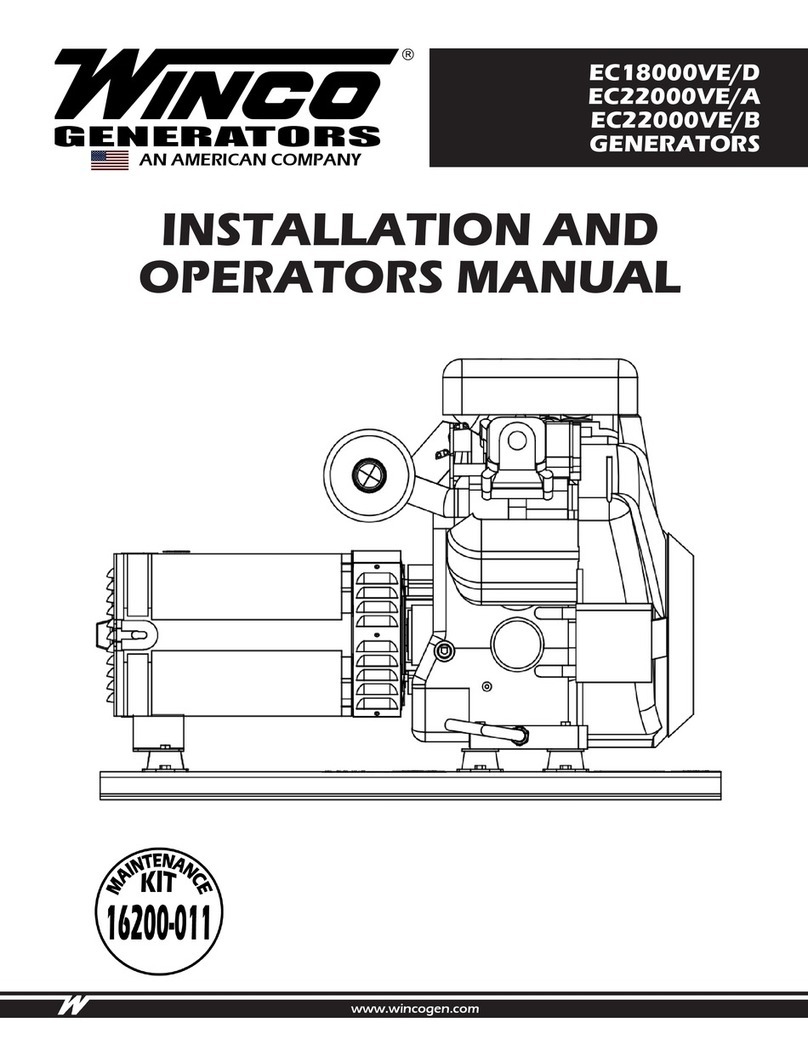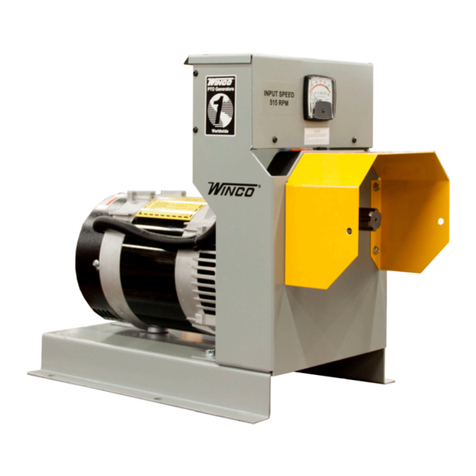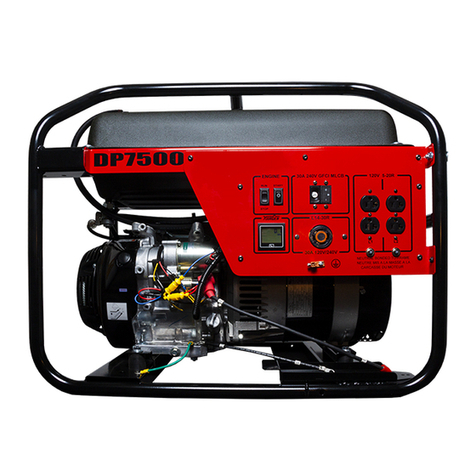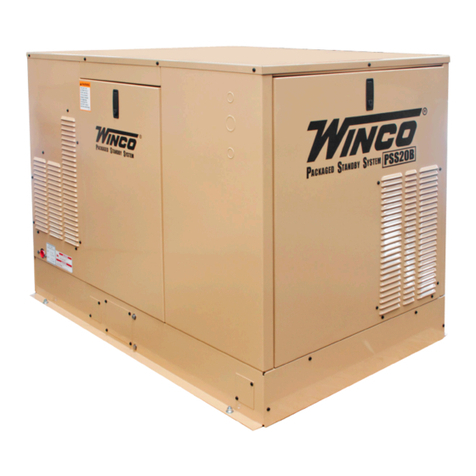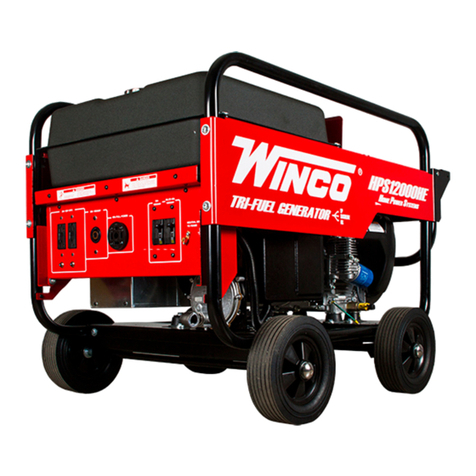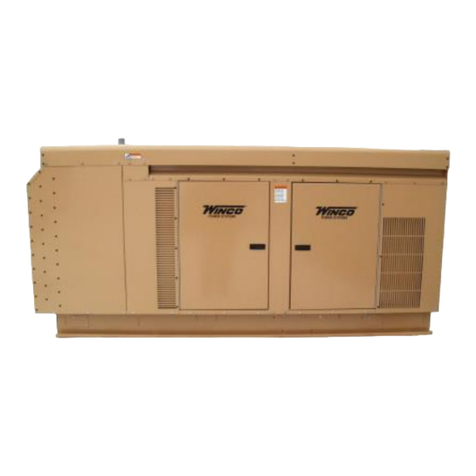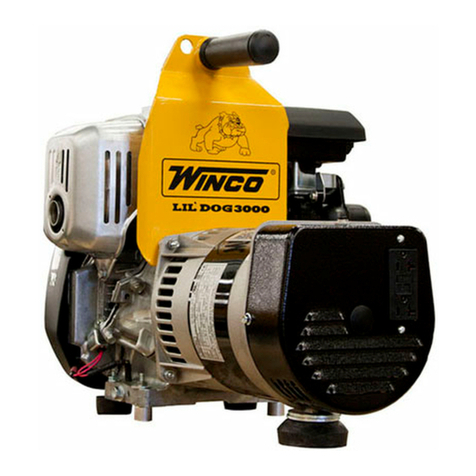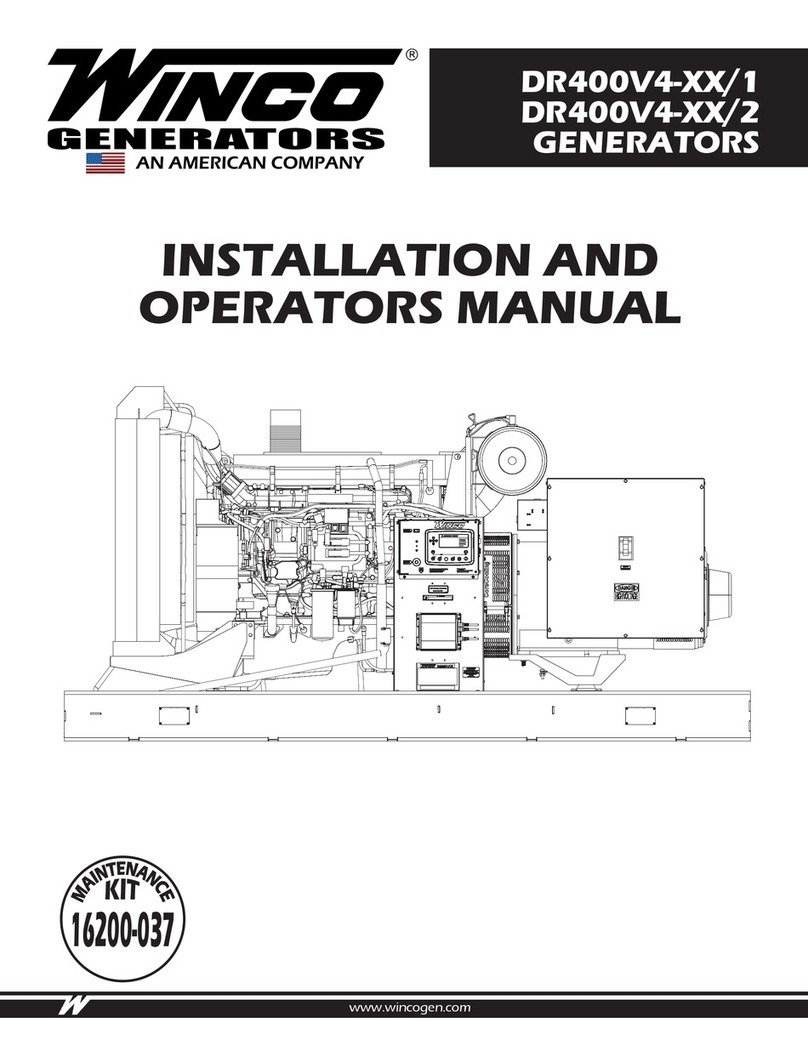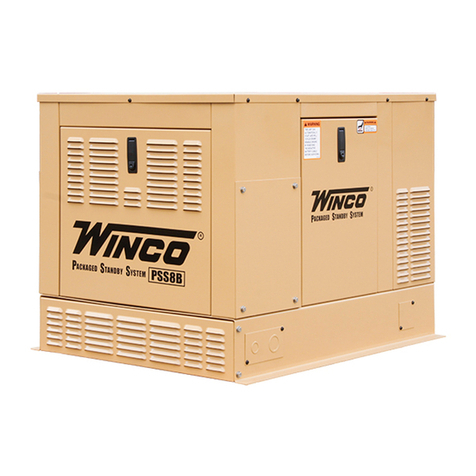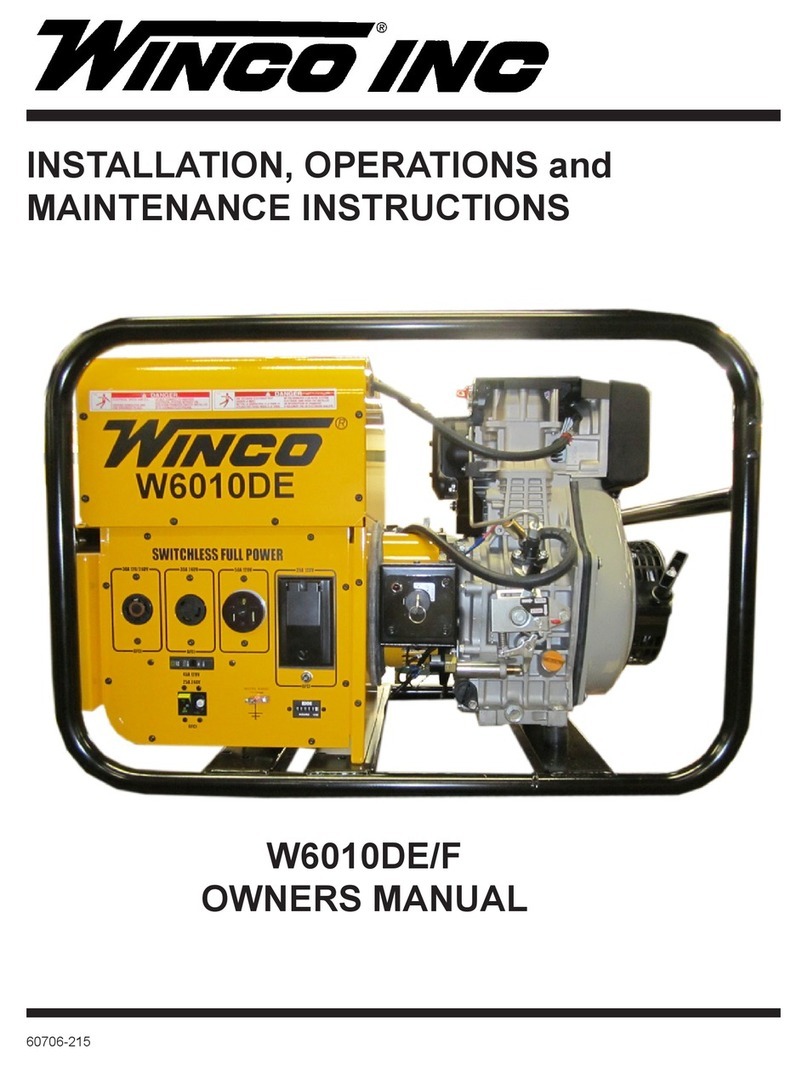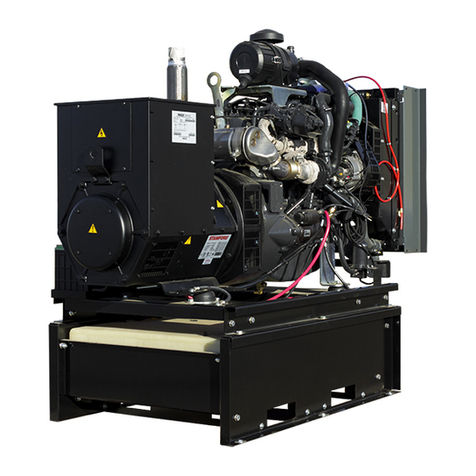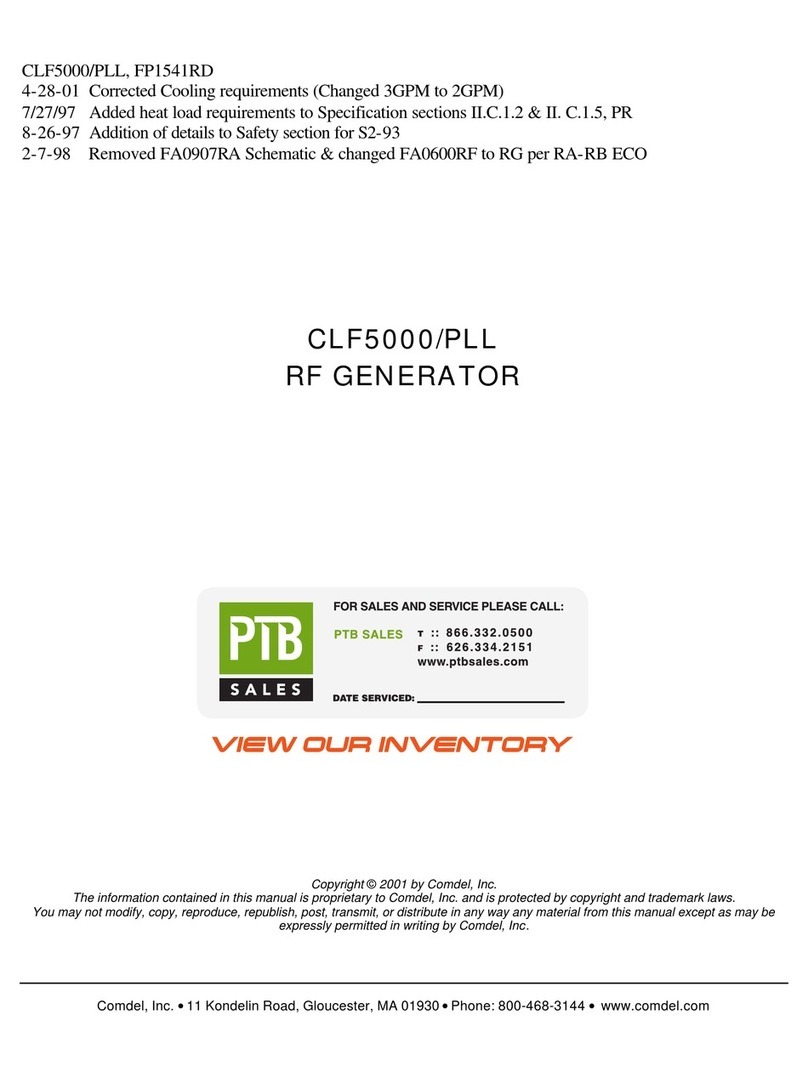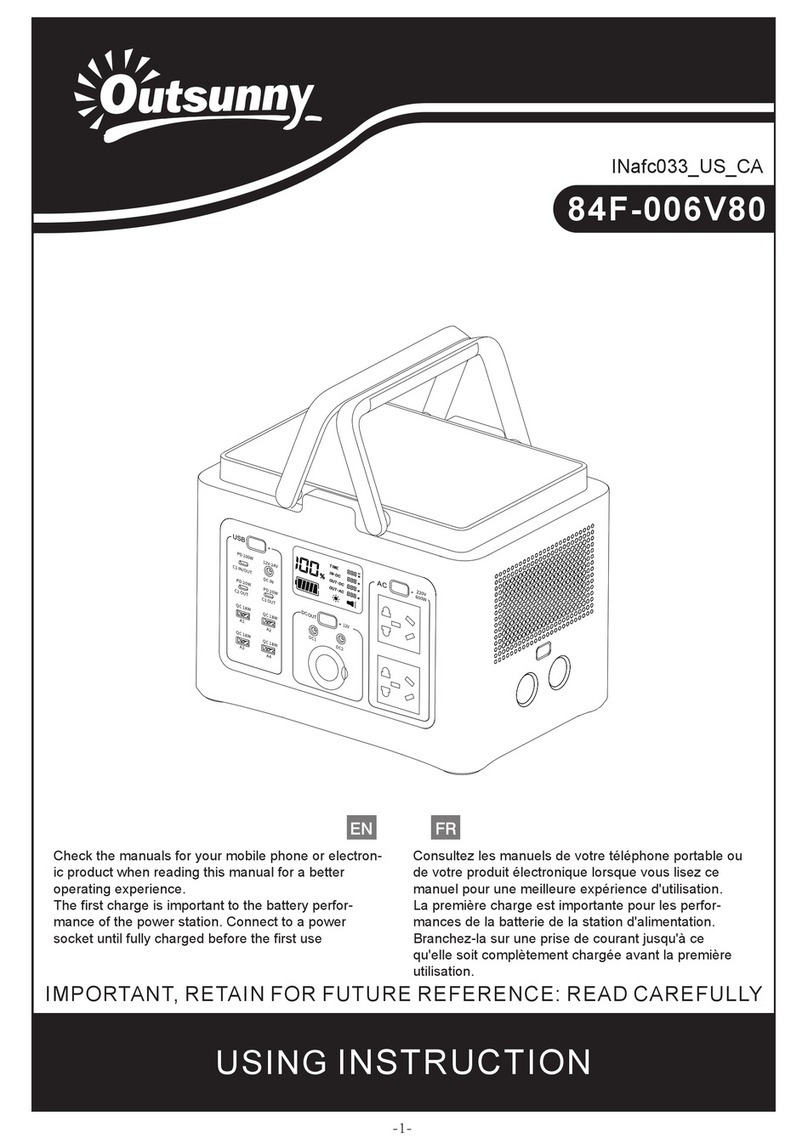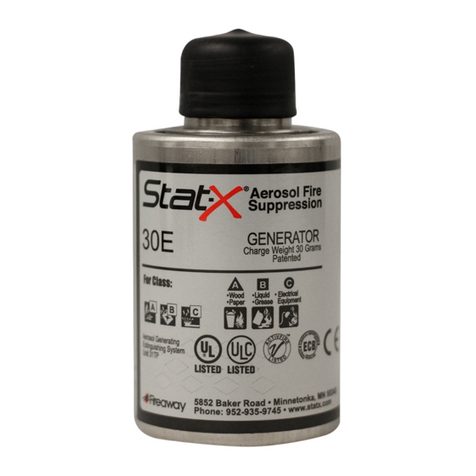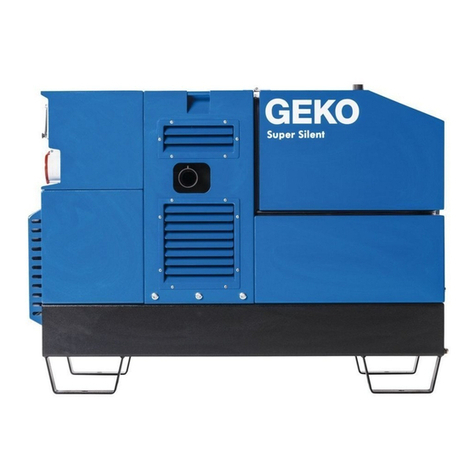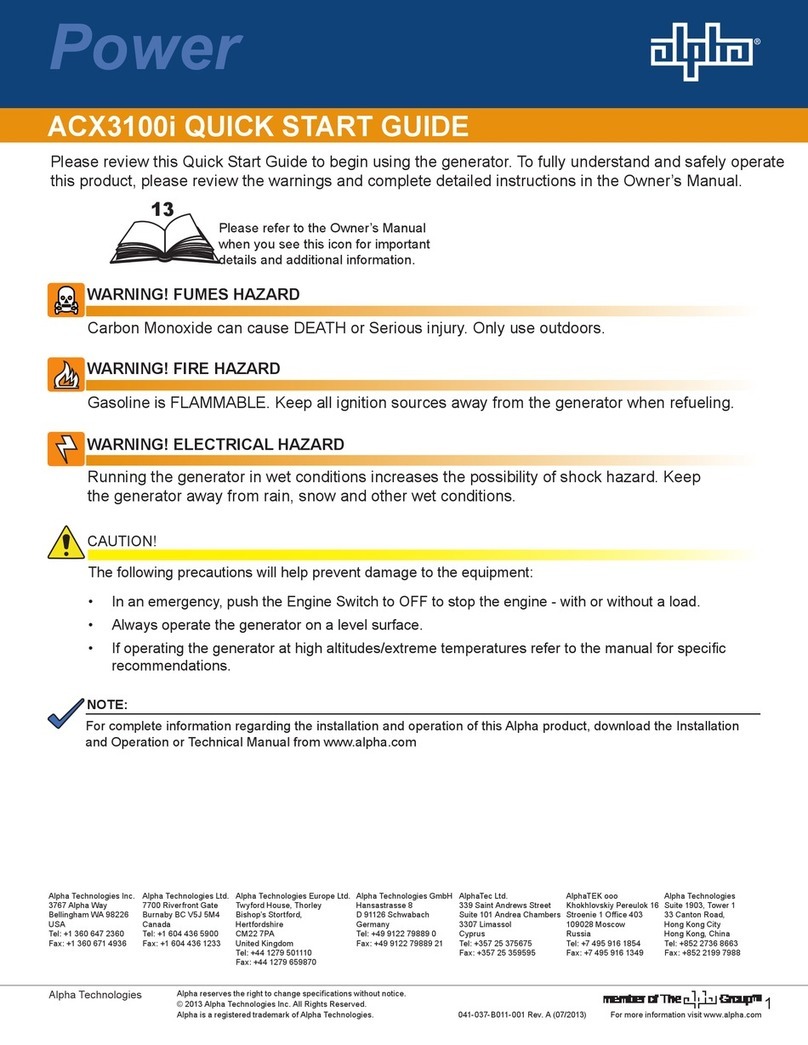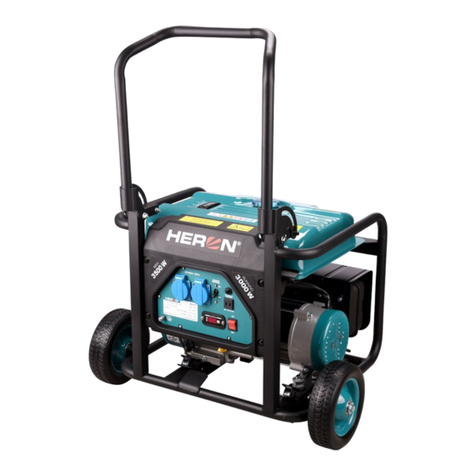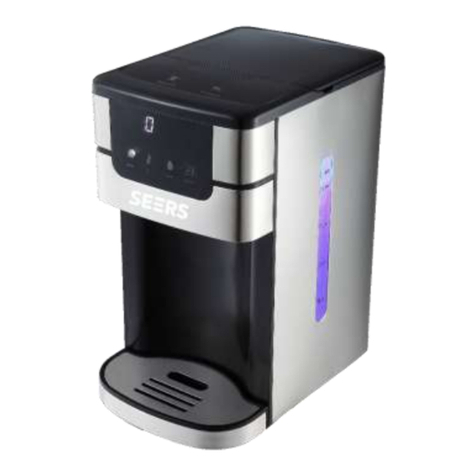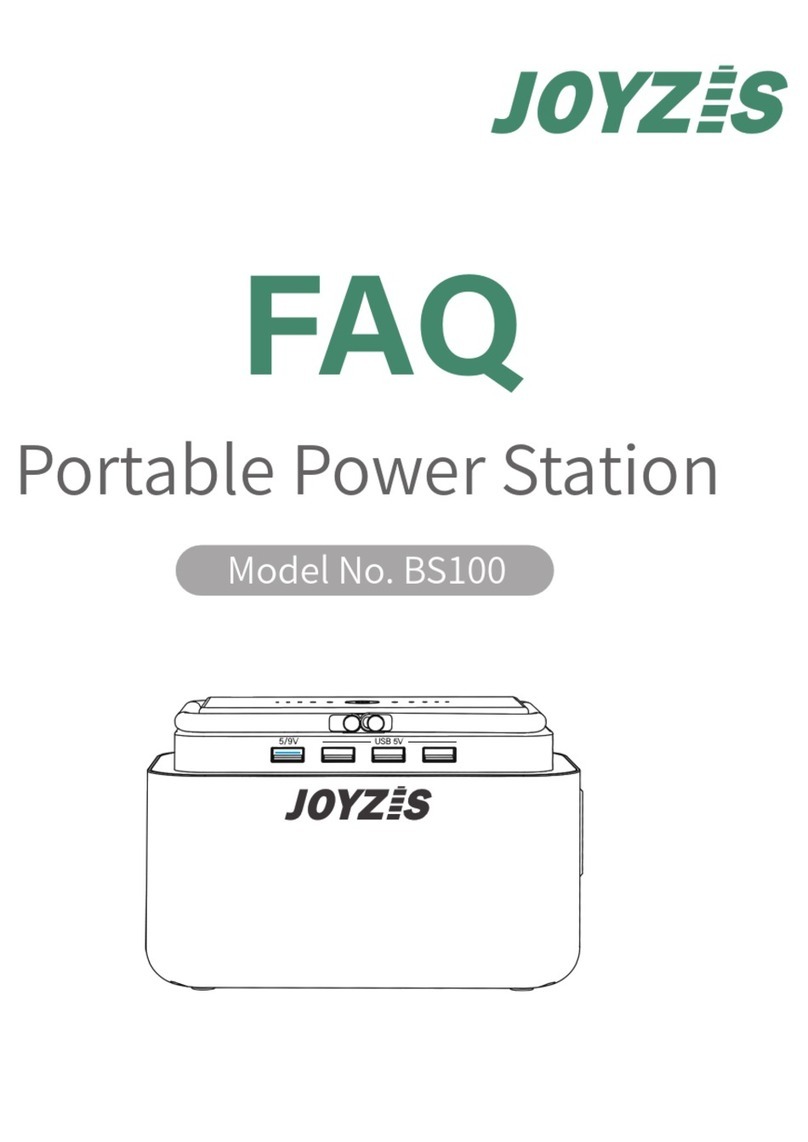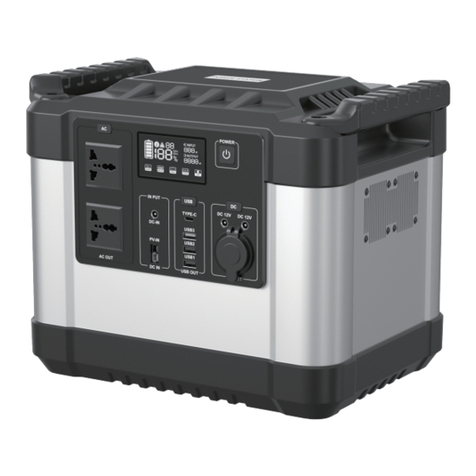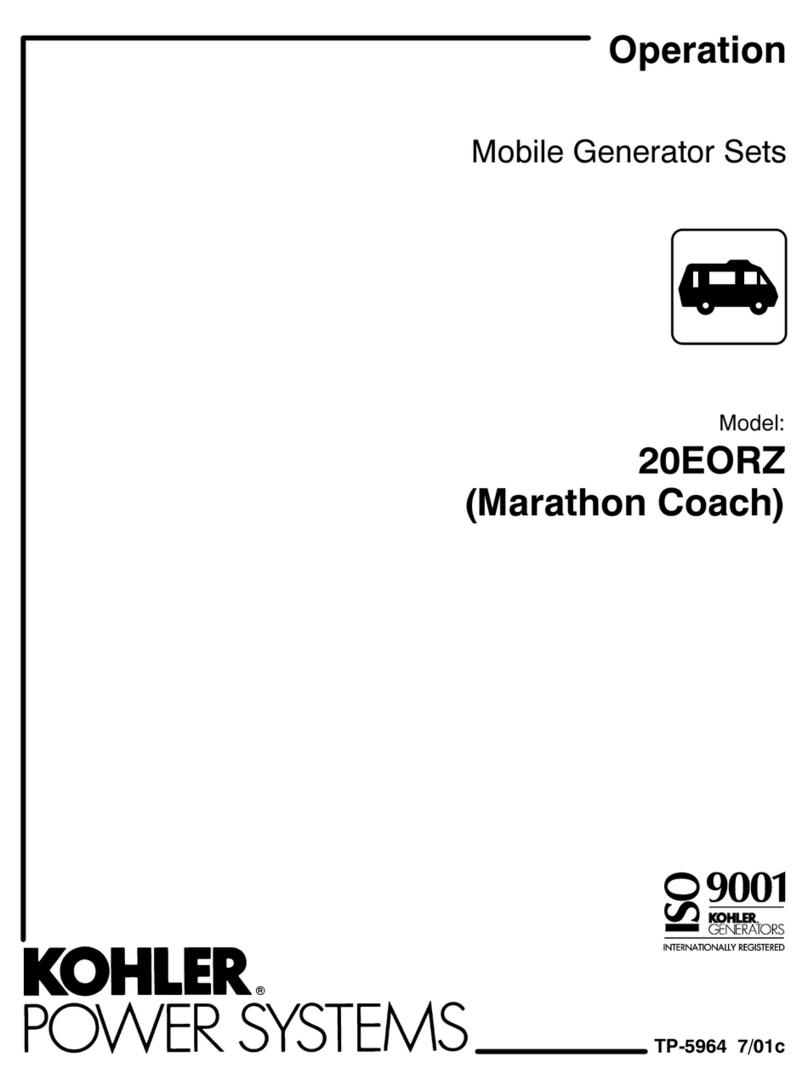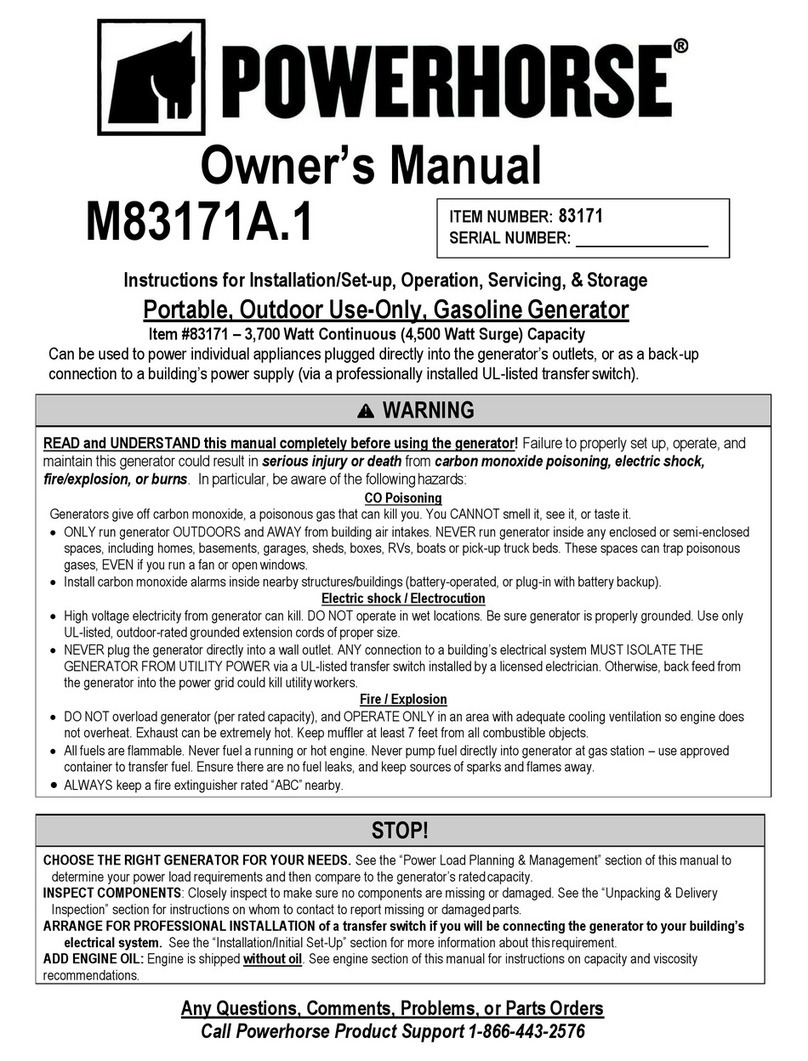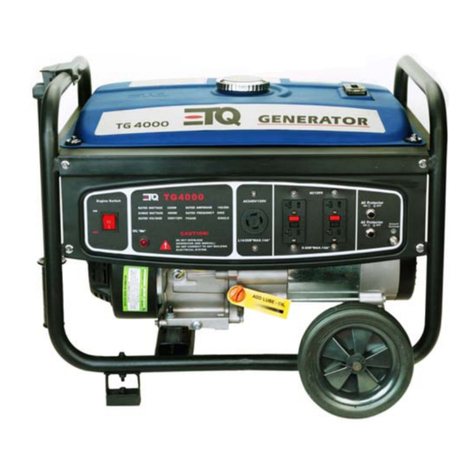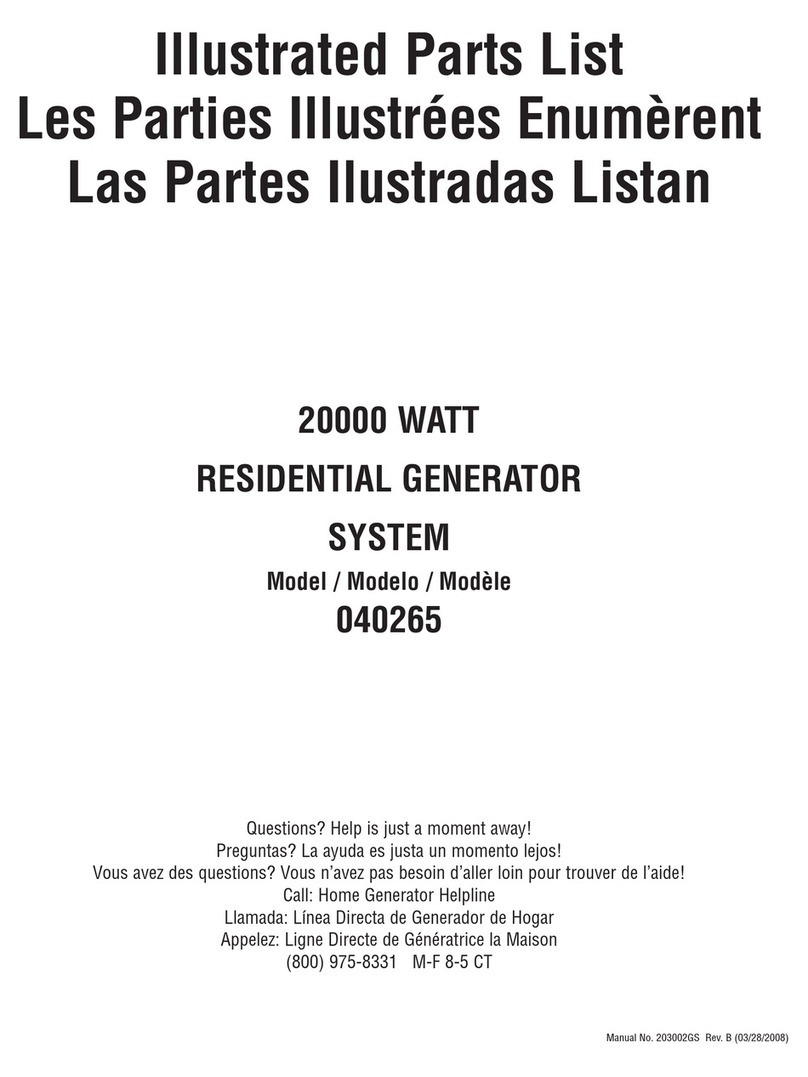
11075-00 660706-211
ENGINE GENERATOR SET MOUNTING
WARNING - Personal Injury
The enclosures on these units can become very
hot adjacent to the exhaust areas. Special care
must be taken when installing these units to
insure that the risk of contact by people is mini-
mized.
The unit’s main frame should be bolted to a four to
six inch thick cement pad. The engine-generator is
mounted on a sub-frame which is isolated with spe-
cial shock mounts on the main frame. This allows
the engine-generator to vibrate without affecting the
control panel on the main frame. (See page 20).
Do not install any shock mounts between the base
frame and the concrete pad. Engine vibration will be
transmitted to the control panel causing erroneous
start/stop cycles and premature control failure.
These units should be mounted a minimum of
24” from a structure. This will allow for ample
room to maintain and work on the generator set.
Units must be installed in accordance with all local,
state, and national codes. Consult your local agency
having jurisdiction for specific requirements.
FUEL INSTALLATION
The fuel supply should be as close as possible to the
engine. This will reduce the installation cost of fuel
runs. The information in this manual is offered to as-
sist you in providing the proper fuel for your engine.
However, this information is only provided to inform
you of the engine’s requirements and assist in mak-
ing you aware of the decisions you must make. In
no case should the instructions and information pro-
vided be interpreted to conflict with any local, state
or national codes. If in doubt, always consult your
local fire marshal, gas supplier or building inspector.
******************
***** WARNING *****
******************
FIRE HAZARD - All fuel runs should be installed
by a licensed fuel supplier.
To connect the fuel line to the generator set you will
connect your incoming fuel line to the 3/4 inch NPT
fitting located on the left side of the engine-genera-
tor set. This fitting is shipped with a plastic plug
installed to insure the fuel system stays clean.
For all vapor fuel systems the delivery pressure of
the fuel to the fuel solenoid on the unit must be four
to six ounces psi (per square inch) or 7 to 11 inches
W.C. (water column). These fuel pressures are
critical; failure to provide the proper pressure can
cause many problems ranging from a unit that will
not start to causing damage to the fuel system.
These units are normally tested on Natural Gas and
will have a tag hanging on the fuel hose indicating
on what fuel your unit was factory tested. If you are
running on LP or have to change fuel types at any
time see information on page 8 on LP/NG CONVER-
SION.
INSTALLING THE FUEL LINE
** NOTICE **
The engine generator sets are properly adjusted
before they leave the factory. A tag is attached to
the unit that specifies the fuel, natural gas (NG) or
propane vapor (LP) that the unit was set up and
tested on.
Line Size
Unit location will determine the size of fuel line that
is required to supply the engine with a constant fuel
pressure and volume. Refer to the tables below for
fuel line size, fuel consumption and recommended
tank size. For distances of 50 feet or over, a two
regulator fuel system is recommended. This is ac-
complished by installing a primary regulator at the
tank which will reduce the tank pressure down to
10 to 15 lbs. A secondary regulator is installed to
further reduce the fuel pressure to the required four
(4) to six (6) oz. operating pressure. This second-
ary regulator must be at least 10 feet from the
engine generator set, any closer installation will
require a larger line be installed to provide a fuel
reservoir. This is also true for the single duel stage
regulators, it should also be a minimum of 10 feet
from the unit. If this is not done the demand regula-
tor on the unit and the pressure regulator in the fuel
line will interfere with each other. When the two (2)
stage regulator system is used on LP, a fuel line size
of 1/2 to 5/8 inch is generally adequate for distances
up to 300 feet from the primary to the secondary
regulator. (Consult you local fuel supplier for your
exact requirements). The appropriate line size from
the table below is then installed from the secondary
regulator to the generator set.
******************
***** WARNING *****
******************
PERSONAL DANGER - Do not use galvanized pipe
in fuel line runs. The galvanized coating can be-
come eroded and flake off, causing possible obstruc-
tions in the regulator or fuel valve. The results could
range from inoperative engine to hazardous fuel
leaks.
